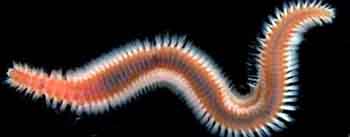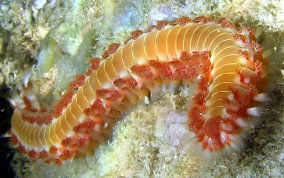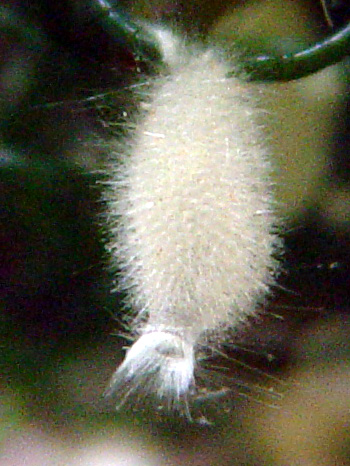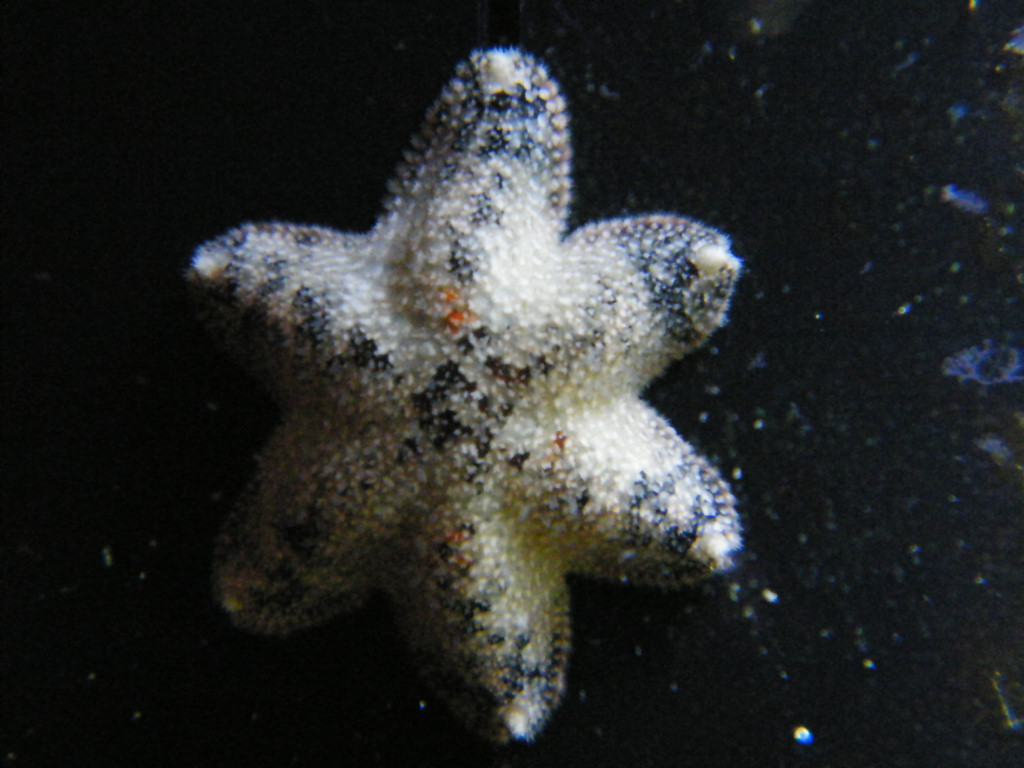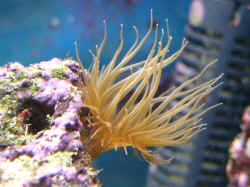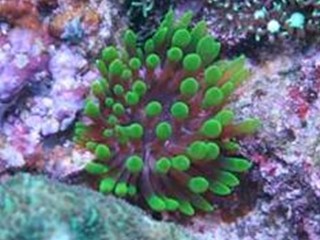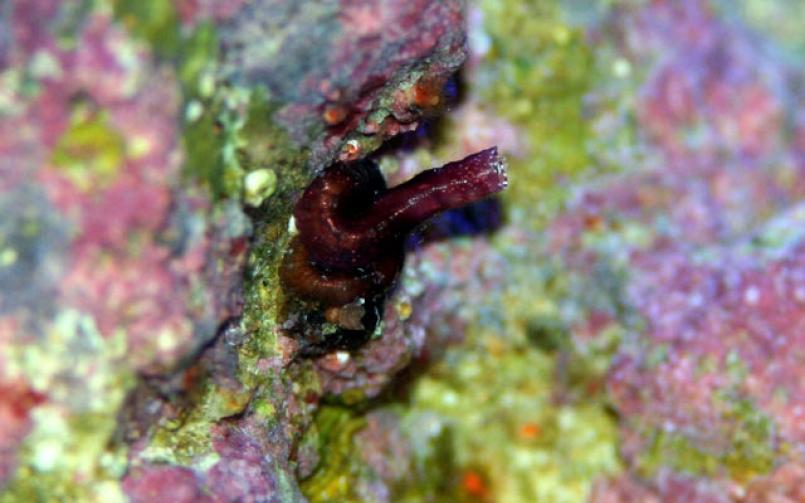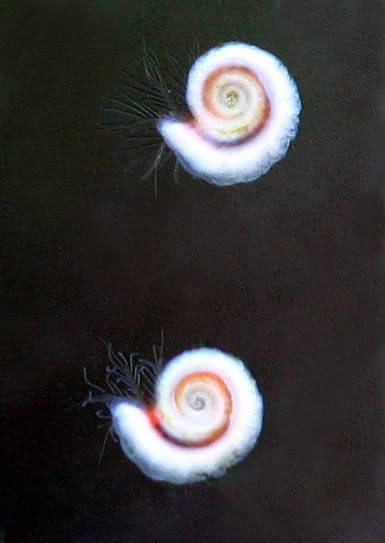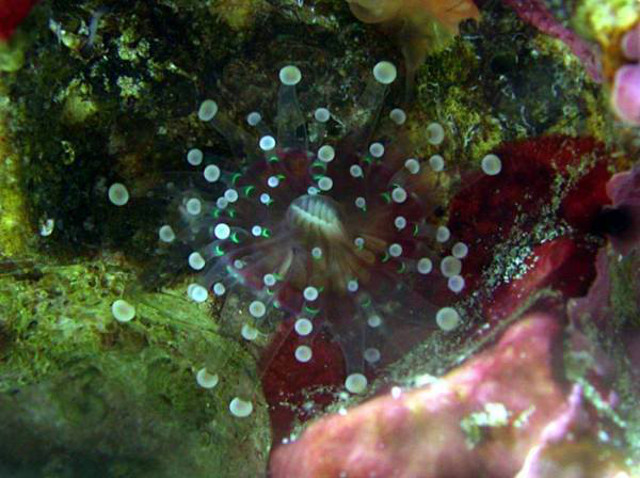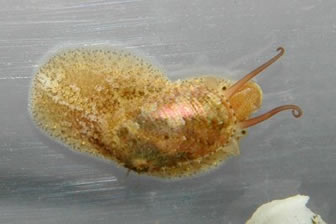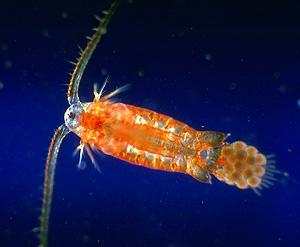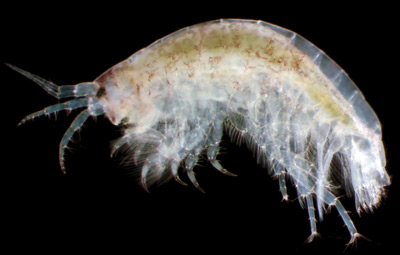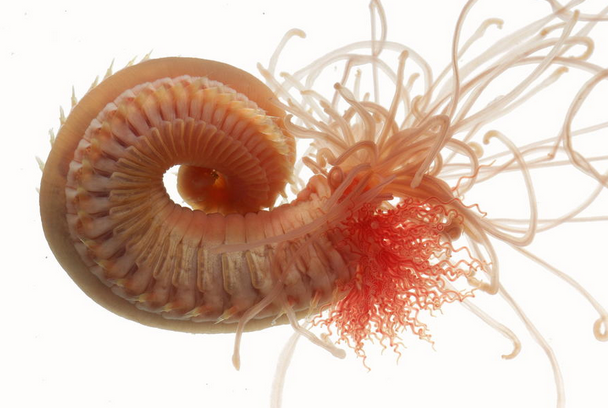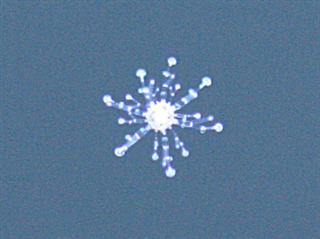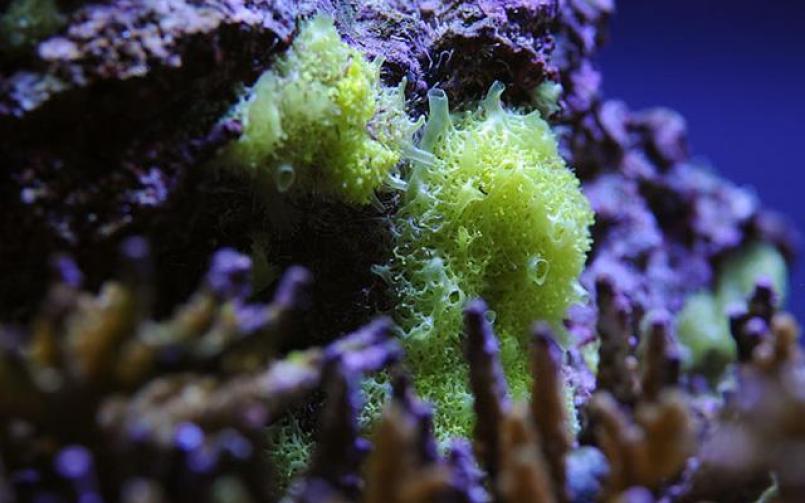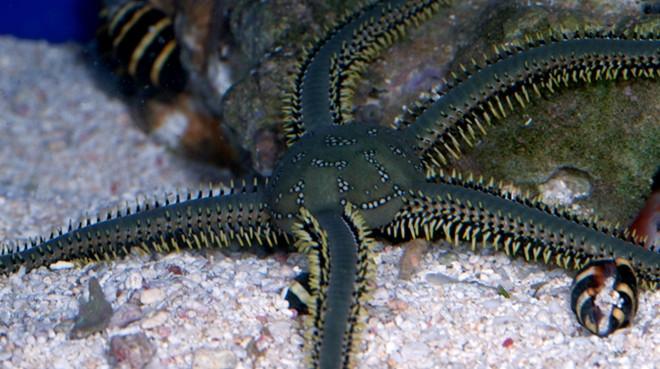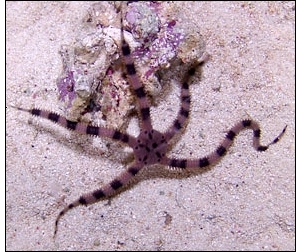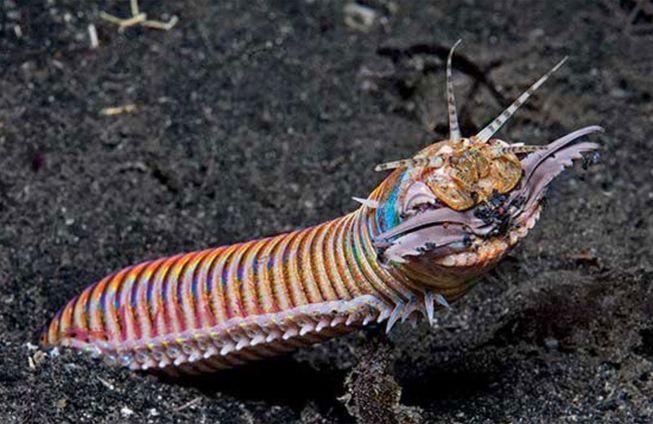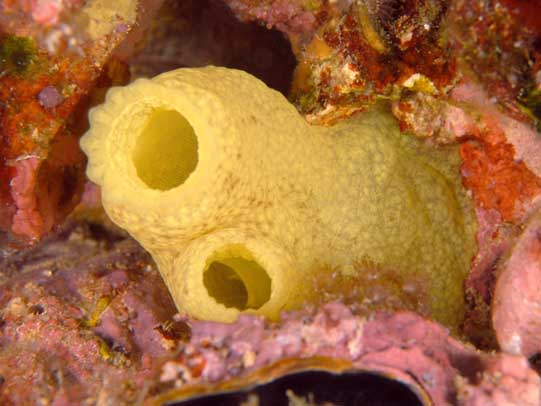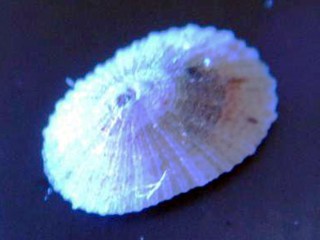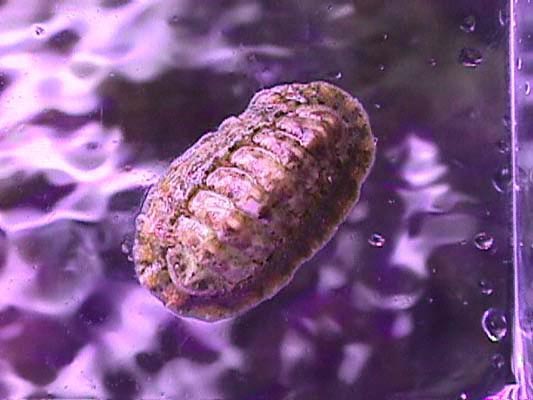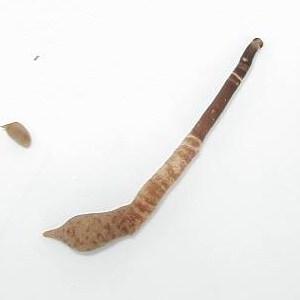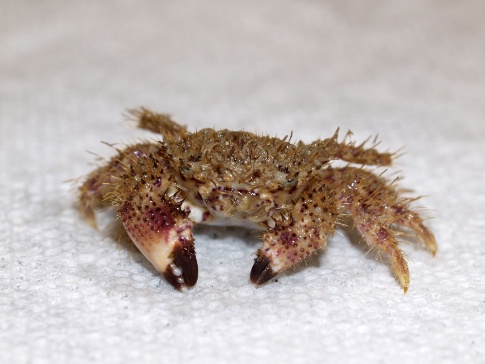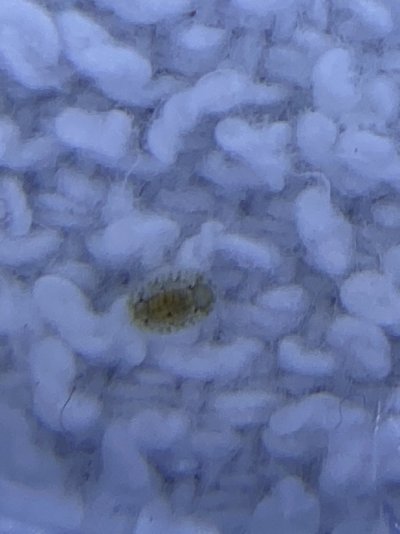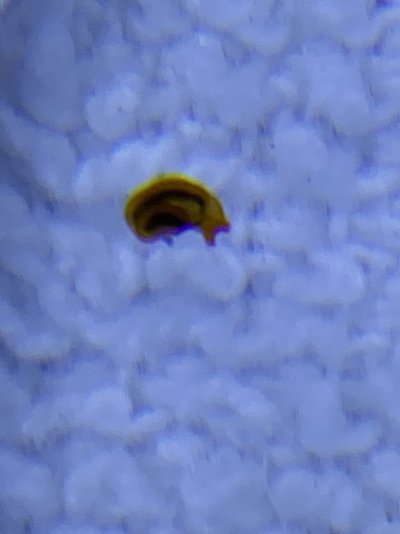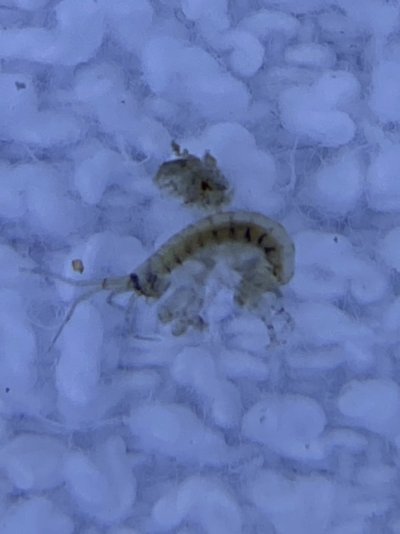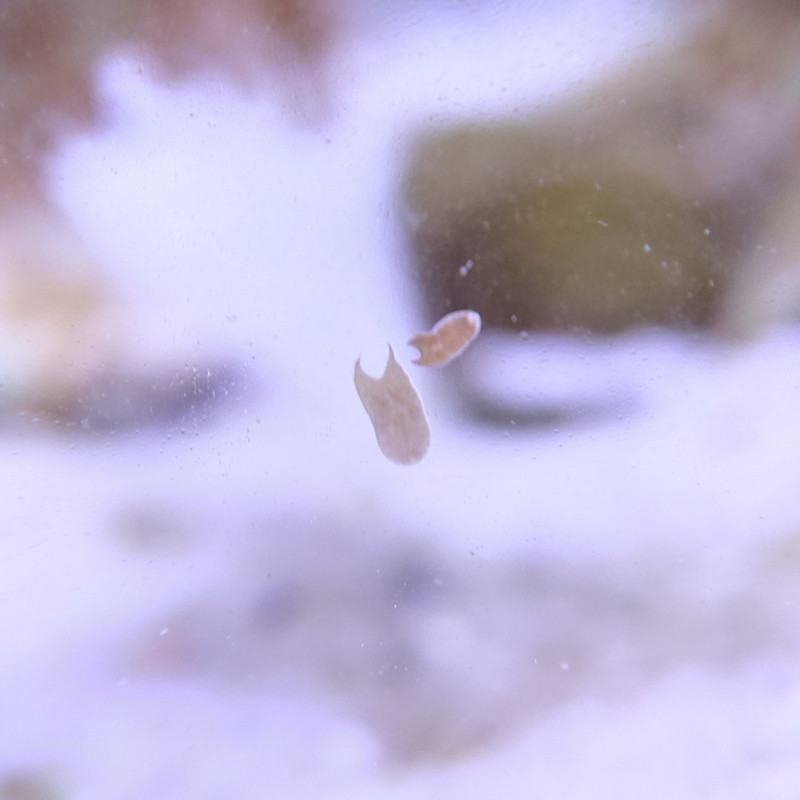vetteguy53081
Well known Member and monster tank lover
View Badges
Excellence Award
Reef Tank 365
RGB
Article Contributor
Tampa Bay Reef Keepers
West Palm Beach Reefer
Hospitality Award
Ocala Reef Club Member
305 Reef Club
Wisco Reefers
Midwest Reefer
Fish Medic
MAC of SW Florida
Rock Pool Reef Keepers
R2R Secret Santa 2023
My Tank Thread
My Aquarium Showcase
Iys not the sun but the UV that will penetrate shades-blinds-curtains. Likely your algae issue. Blocks the side facing window with construction paper from Walmart and you will see a high reductionRodi, in basement but the right side of tank has a window about 12 feet away, north facing window so not much light coming in at all parameters all looking good with nitrite/nitrate at 0
Salinity is little high and working on bringing it down slowly, would like it to be 33 instead of the 34 it's at now





